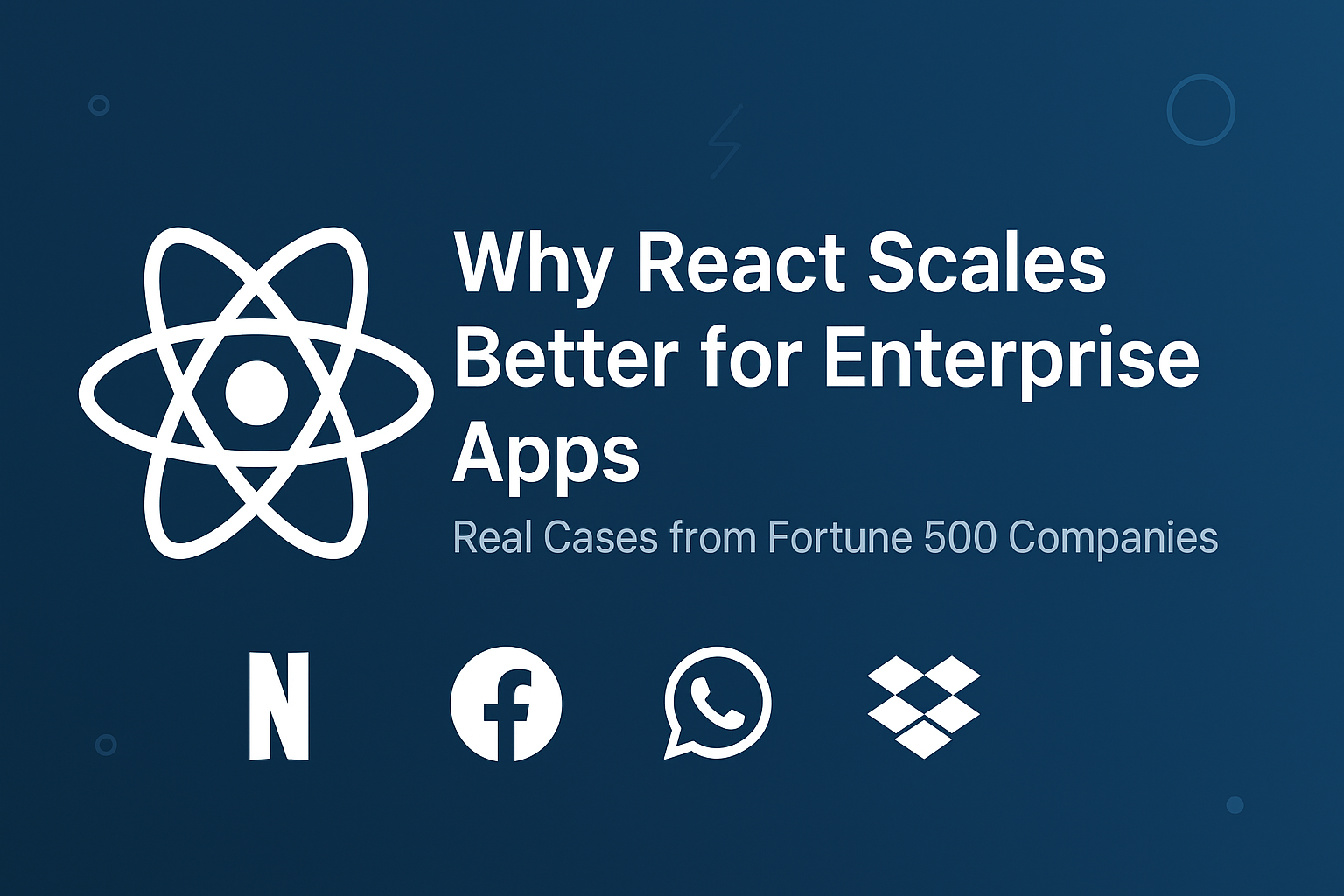Introduction
In today’s digital world, mobile apps have become an integral part of our lives. From ordering food to booking a cab, we rely on mobile apps for almost everything. This increasing demand for mobile apps has created a huge opportunity for businesses to connect with their customers and provide them with a seamless user experience. However, developing a mobile app can be a complex process that requires careful planning and execution. In this comprehensive step-by-step guide, we will walk you through the entire process of mobile app development, from ideation to launching the app on the app stores.
Step 1: Define Your App Idea
Before diving into the development process, it is crucial to have a clear understanding of your app idea. Start by identifying the problem your app will solve or the need it will fulfill. Conduct market research to analyze the competition and identify gaps in the market. This will help you refine your app idea and make it unique.
Step 2: Conduct Market Research
Market research is a crucial step in the mobile app development process. It helps you understand the target audience, their preferences, and the current market trends. Analyze the competition to identify their strengths and weaknesses. This will help you differentiate your app and provide a better user experience.
Step 3: Create a Wireframe and Prototype
A wireframe is a visual representation of your app’s layout and functionality. It helps you visualize the app and plan the user interface (UI) and user experience (UX) design. Once you have finalized the wireframe, create a prototype to test the app’s functionality and gather feedback from potential users. This will help you identify any usability issues and make necessary improvements.
Step 4: Design the User Interface (UI) and User Experience (UX)
The design of your app plays a crucial role in attracting and engaging users. Create a visually appealing and intuitive UI that aligns with your brand identity. Pay attention to the UX design to ensure a seamless and enjoyable user experience. Use colors, typography, and icons that are consistent with your brand and create a visually pleasing app.
Step 5: Develop the Backend
The backend of your app is responsible for storing and retrieving data, managing user authentication, and handling server-side operations. Choose a reliable and scalable backend technology that suits your app’s requirements. Develop APIs and integrate them with your app to enable seamless communication between the frontend and backend.
Step 6: Frontend Development
The frontend of your app is what users interact with. Develop the frontend using the chosen programming language and frameworks. Pay attention to the app’s performance and ensure it is responsive and optimized for different screen sizes and devices. Implement intuitive navigation and interactive elements to enhance the user experience.
Step 7: Integrate Third-Party APIs
Integrating third-party APIs can enhance the functionality of your app. Whether it’s integrating payment gateways, social media login, or location services, carefully choose the APIs that align with your app’s requirements. Ensure proper documentation and follow best practices to avoid any security vulnerabilities.
Step 8: Test and Debug
Testing is a critical phase in the app development process. Conduct thorough testing to identify and fix any bugs or issues. Perform functional testing, usability testing, and compatibility testing on different devices and operating systems. Involve real users or beta testers to gather feedback and make necessary improvements.
Step 9: App Store Submission
Before launching your app on the app stores, you need to prepare for the app store submission process. Follow the guidelines provided by Apple App Store and Google Play Store to ensure your app meets their requirements. Prepare all the necessary assets, such as app icons, screenshots, and descriptions, and optimize them for better visibility and conversion.
Step 10: App Marketing and Promotion
Once your app is live on the app stores, it’s time to promote and market it to reach your target audience. Develop a comprehensive marketing strategy that includes app store optimization (ASO), social media marketing, content marketing, and paid advertising. Leverage the power of influencers and user reviews to increase app downloads and engagement.
Step 11: Monitor and Update
The app development process doesn’t end with the app launch. Continuously monitor the app’s performance, user feedback, and analytics data. Use this data to identify areas for improvement and release regular updates to enhance the app’s functionality and user experience. Stay updated with the latest mobile app development trends and technologies to stay ahead of the competition.
Step 12: Maintain and Support
Ensuring the long-term success of your app requires ongoing maintenance and support. Monitor the app’s performance, fix any bugs or issues, and provide timely customer support. Keep an eye on user feedback and incorporate user suggestions to make the app more user-friendly and efficient.
Conclusion
Mobile app development is a complex process that requires careful planning, design, and execution. By following this comprehensive step-by-step guide, you can navigate through each stage of the app development process with ease. Remember to conduct thorough market research, create an intuitive UI/UX design, and test your app rigorously before launching it on the app stores. With proper marketing and ongoing maintenance, your mobile app can become a successful tool to connect with your target audience and drive business growth.
“The future of mobile is the future of online. It is how people access online content now.” – David Murphy



